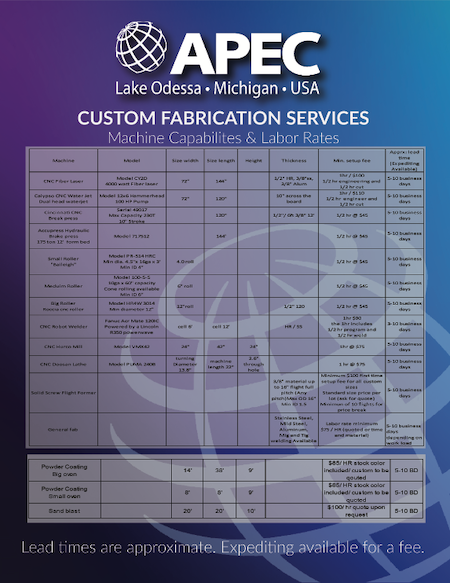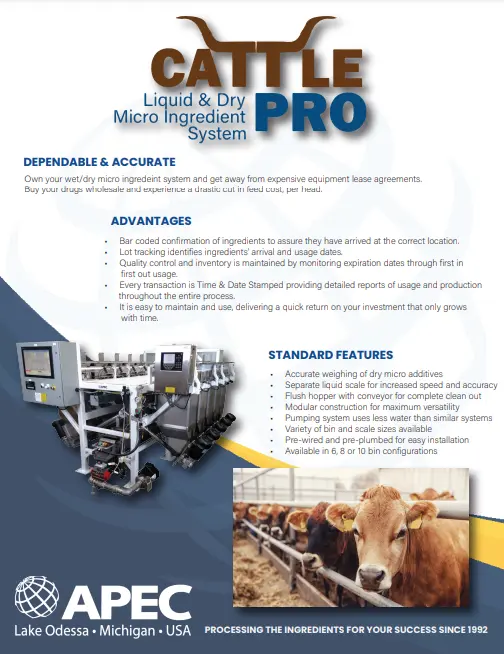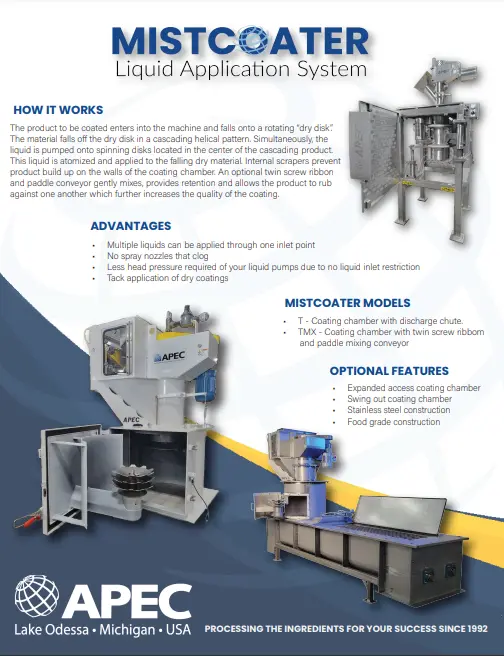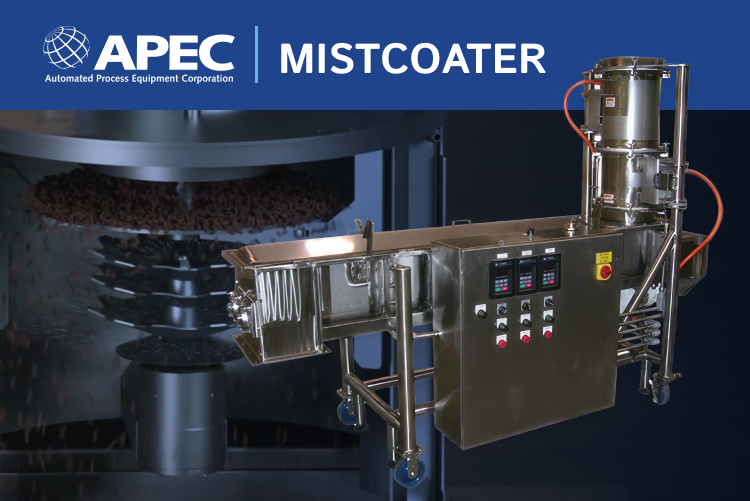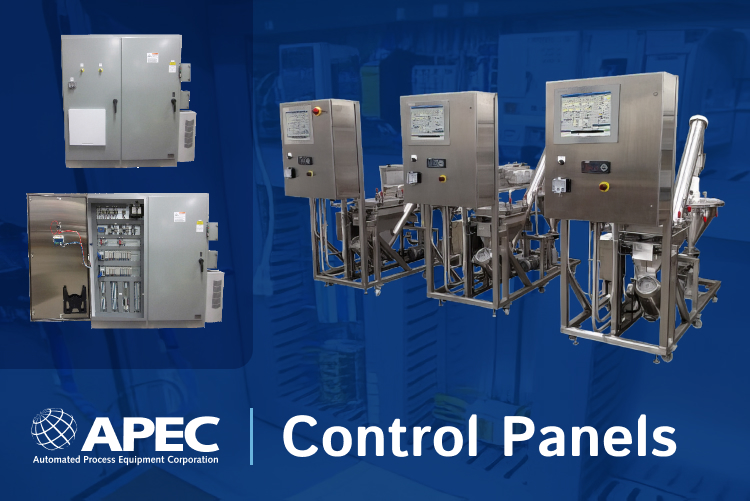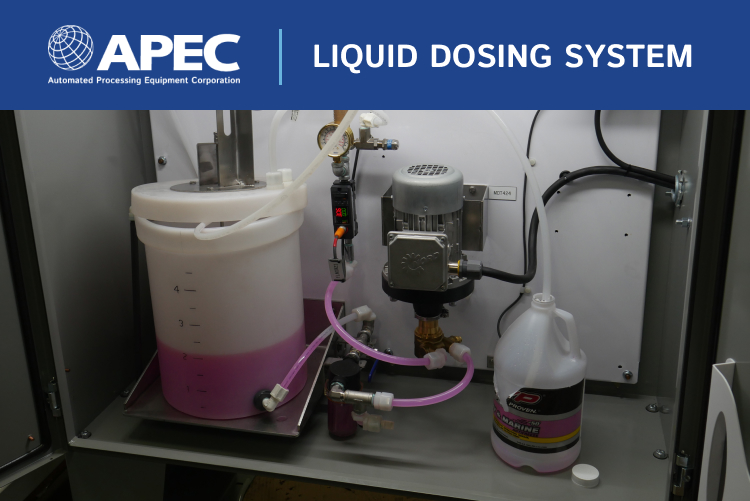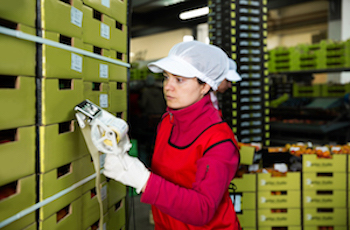
Lot traceability is essential for consumer safety. While it’s impossible to prevent food safety hazards 100% of the time, lot traceability allows manufacturers and distributors to stop the spread of contamination when it occurs, and prevent more customers from accessing the contaminated goods. Common lot traceability problems in storage, processing, and distribution can make it difficult to contain contamination. Look for these common lot traceability problems and try these solutions to improve the safety and security of your process.
6 Lot Traceability Problems and Solutions in Food Processing
1. Problem: Inaccurate measurements
Solution: Proper calibration, consistent conditions
One of the most important aspects of lot traceability is accuracy. When the right amount of each ingredient makes its way into the recipe, labels are also accurate and any ingredient can be easily traced to a product, and vice-versa. When these measurements go awry, it not only upsets the quality of the finished product, but also disrupts lot traceability.
Accurate measurements require an accurate weighing and batching system. To start, it’s helpful to weigh the material as it enters the hopper or bin, or just before. Many suppliers will overfill bags so not to shortchange customers, however too much overfilling can throw off a recipe. Do not assume a bag that says 25kg actually is. An extra .2 or .5 kg can significantly disrupt your recipe, especially for critical ingredients. At the start of the process, and throughout it, be sure to install scales and flow meters with the appropriate level of accuracy, and calibrate them regularly to ensure they remain accurate.
Other situations, besides issues with weighing equipment, can cause inaccuracies. For example, temperature changes, such as those between the truck and the facility, or between storage and use, can cause the density of some ingredients, like oils, to change. This would disrupt measurement through a flow meter. Maintaining consistent temperatures can prevent this problem.
2. Problem: Mixing lots in storage
Solution: Proper storage cleaning, opportunity tanks
Storage is another challenge that can cause lot traceability problems. If separate lots come into close contact during storage, the potential for contamination spreads. This often occurs during storage in silos or tanks. If the tank or silo is not properly cleaned between lots, there is little use in separating them. To store the new lot while the existing one is used up, use a secondary holding vessel or opportunity tank. This is also useful if you are working with an experimental recipe and ingredients you will only be using for a short time.
3. Problem: Mixing excess ingredients
Solution: Disposal
If ingredients are left over when a batch is completed, they must be disposed of. Mixing the leftover lot into the next batch may reduce waste, but it also makes accurate lot traceability impossible. Perhaps the most well-known example of this lot traceability problem occurred in 1997 with Hudson Foods. Without a positive cutoff, ingredients continually moved from one batch to the next. When an E. Coli contamination occurred, there was no way to accurately trace the contaminated lot. This resulted in the largest recall in history, which bankrupted Hudson Foods and demonstrated the critical importance of keeping lots separate.
4. Problem: Inaccurate labeling
Solution: System integration
Accurate labeling is essential for lot traceability. If the final product is not labeled with the correct ingredients, lot numbers and dates, it is difficult, if not impossible, to make a recall. Seamless communication between the labeling and food processing systems can help to make this process as accurate as possible. When the system receives, dispenses, and batches a product, an integrated labeling system will track each of these activities.
5. Problem: Inaccurate reporting
Solution: Inspection
When the weighing, mixing, batching and labeling systems all work together seamlessly, it can make lot tracking easy. However, if this system gets out-of-sync, it is important to know about it right away. Inspections and verification should be conducted to ensure that each part of the system is communicating and reporting properly.
6. Problem: Lack of verification
Solution: Simulated Recall
The ultimate test of traceability across the food processing line and supply chain is a recall. Hopefully, the need for a recall never arises. However, if it does, it is important for every staff member to understand the process. A simulated recall allows you to test and verify traceability across the supply chain. This will show you if your system is accurately reporting lot numbers and maintaining accurate records across the food processing operation. It will also show how easy—or difficult—it is to isolate a particular lot, and reveal where changes may be needed.
Food processing plays an important role in traceability. When you can verify which ingredients make their way into your recipe, where they are from, when they arrived, and where the end product goes, you can be confident in your ability to conduct a recall if necessary. This will not only protect your product’s integrity but also your business’s good standing.


